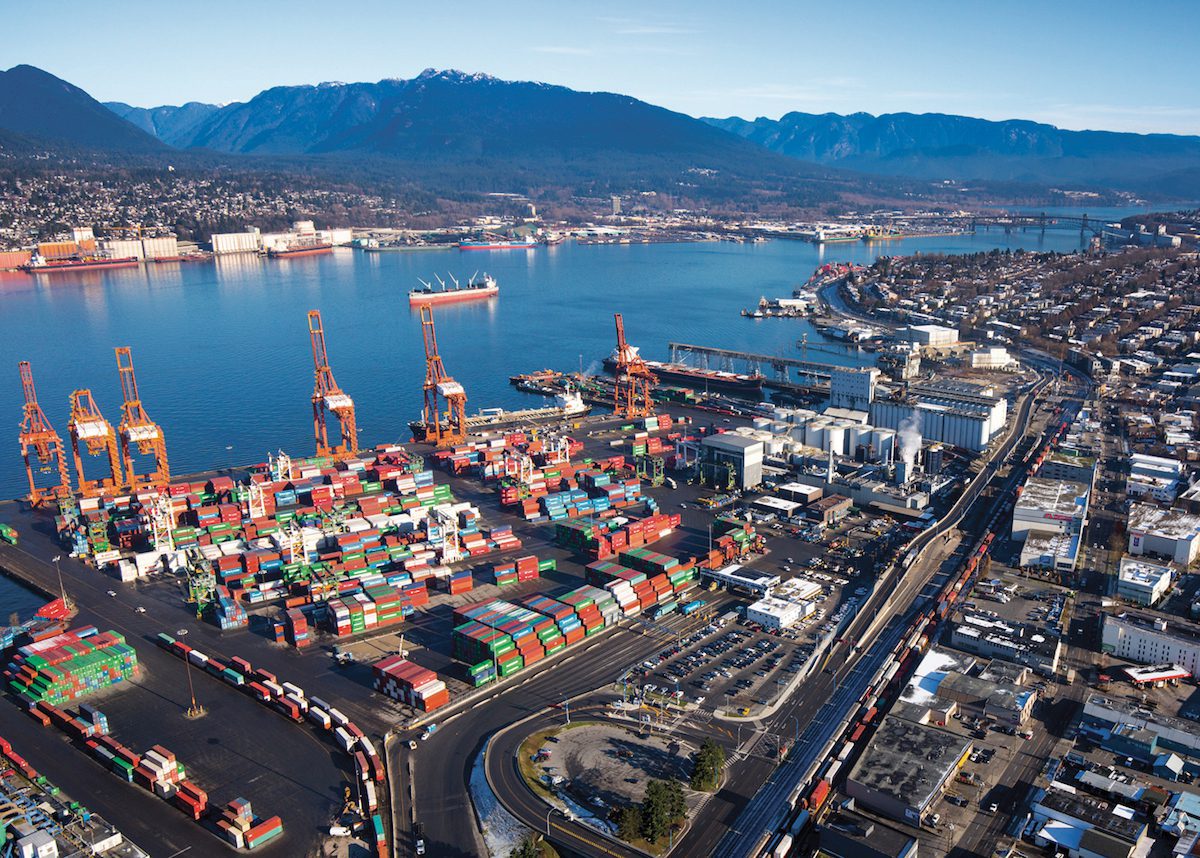Transport Costs Are Crushing Russia’s Coal Profits
In July 1989, coal miners in Russia’s Kuzbass Basin walked off the job in what would become one of the most significant labor strikes in Soviet history, a rebellion that...

By Marcy Nicholson (Bloomberg) The number of grain-laden rail cars reaching Canada’s biggest port to be loaded on ships have doubled since last week, slowly clearing the gridlock caused by wildfires that are raging across five provinces and almost all the way to the Arctic Ocean.
More than 2,700 cars carrying grain had reached Vancouver by Monday after tracks were repaired following a June 30 wildfire in the key corridor that carries the bulk of rail cargo to the West Coast for export, AG Transport Coalition data show. While this is more than double the daily average last week, more than 2,000 grain cars remain idled along the route.
A record-setting heat wave in recent weeks, combined with dry conditions, have caused hundreds of wildfires across a 3,600 kilometer (2,237 miles) stretch of land from B.C. to Ontario, and nearly as far north as the Arctic Ocean in the Yukon and Northwest Territories. The federal government has stated several provinces have air quality risks ranging from moderate to very high as smoke blows into cities.
The wildfires have caused the latest snarl to global exports that were already hampered by a container shortage and soaring shipping costs. Goods ranging from grains to crude oil to lumber travel along the British Columbia tracks for export.
“What’s really special about this fire season is the pure geographical extent of the burning,” said Marc-Andre Parisien, fire research scientist for Canadian Forest Service. “There are very few pockets in there that don’t have any fires at all.”
With 1.37 million hectares (3.39 million acres) burned so far, there’s a long way to go to Canada’s record year in 1989, when wildfires consumed an estimated 7.6 million hectares, according to Canadian National Fire Database estimates. Still, the estimated area burned so far is above the 10-year average in British Columbia, Saskatchewan, Manitoba and Ontario, Canadian Interagency Forest Fire Centre Inc. (CIFFC) data show.
Western Canada has been hit particularly hard due to a record-breaking heat wave and dry conditions. In heavily forested B.C., the wildfire season started early, and wildfires have caused the most damage at this point since 2015, burning an estimated 230,000 hectares, destroying a village and claiming two lives.
In Ontario, Canada’s most populated province, more than 407,000 hectares have burned in largely rural areas, marking its most destructive wildfire season so far since 1996 and accounting for the largest burned area in the country, CIFFC data show.
Many of the fires are in Canada’s northern regions, where populations are relatively low but home to a number of industrial operations, such as the energy-rich oil sands in Alberta. Oil-sands operators are monitoring the situation, according to an industry group.
–With assistance from Ari Hawkins and Robert Tuttle.
© 2021 Bloomberg L.P.

Sign up for gCaptain’s newsletter and never miss an update

Subscribe to gCaptain Daily and stay informed with the latest global maritime and offshore news
Essential news coupled with the finest maritime content sourced from across the globe.
Sign Up